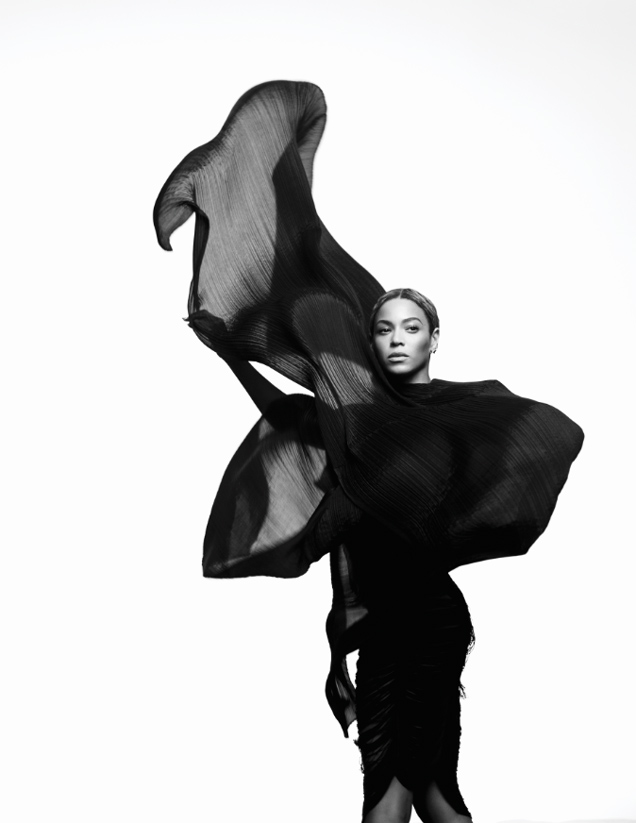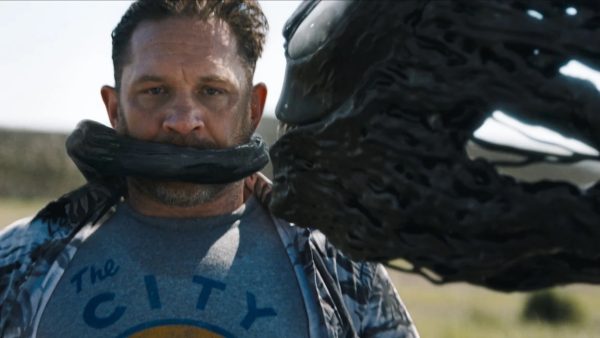The music video of now
With the famously unexpected release of Beyoncé’s self-titled visual album, and the previous release of Lana Del Rey’s mini-movie Ride and her short film Tropico, a pattern is beginning to develop in the video and music industries.
Ever since Michael Jackson’s 1983 music video Thriller, musicians have been marketing their music with videos.
Movies and television are popular for a reason. They allow viewers to absorb sound and sight at the same time, making the intake of information faster than any other medium. Naturally, the music industry followed Jackson’s precedent, taking advantage of the possibilities videos provided to artists: face recognition, branding and visual storytelling, to name a few.
But until this past year, most music videos have been a far cry from Jackson’s original thirteen-minute film. Artists lip sync to recordings in videos ranging from mini-narratives to dance routines, which never seem to be much longer than their songs. And while many artists develop meaning or stories across a single album, one music video often fails to capture the same level of complexity.
With the Internet and video sharing websites and apps like YouTube and Vine, the amount of videos we absorb every day has grown explosively. We can now watch videos embedded in an article, stream movies instantly from Netflix or make our own videos with the touch of a button on our smartphones.
So with all of this audiovisual material that surrounds us, how does one stand out from the crowd? It seems Beyoncé and Lana Del Rey have found some answers. With Tropico, Lana Del Rey graduates from the mere visual accompaniment of her songs. Let us make no mistake: Tropico is not a music video, but a short film. The movie is a trilogy of songs that tells the tale of her albums, of the loss of innocence, good and evil, and abandonment for money.
Similarly, Beyoncé paired the impeccable marketing strategy of complete surprise with a full-blown visual album. In terms of scale alone, she surpassed the standard music video seventeen times, literally. But her videos themselves are also high quality and moving. They range from narratives to social commentary to visual artistry, and together, they portray Beyoncé in all aspects of her femininity.
These artists are pioneers of the music video. We experience change as it comes, and often don’t notice until it has occurred. We may be experiencing a shift in the standard for music video marketing. No longer does artistic cinema belong only to Hollywood. Rather, it is spreading to music, and potentially to other fields, to unite the visual culture of today.
Your donation will support the student journalists of White Station High School. Your contribution will allow us to purchase equipment and cover our annual website hosting costs.





































